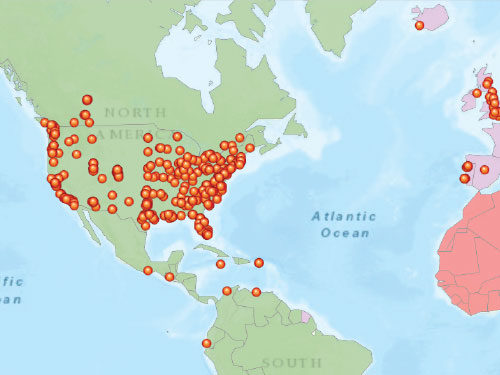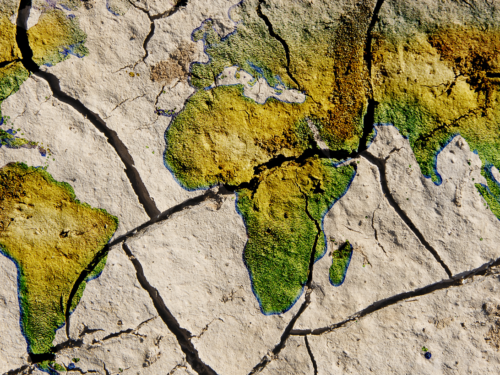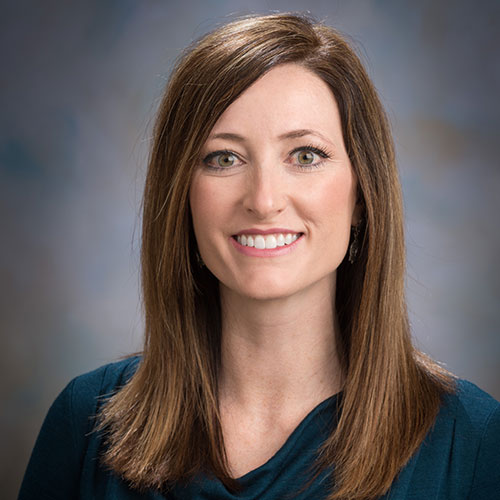SSEER FAQs
Learn more about SSEER’s background, how to join, and the benefits of SSEER membership.
Who should join SSEER?
Social and behavioral scientists from around the world who study hazards and disasters are invited to join SSEER. This includes academic researchers, students, and applied and professional researchers in government, industry, and private and not-for-profit sectors.
Which social and behavioral sciences are included in the SSEER network?
The social sciences are complex and involve many unique disciplines. You can learn more on the CONVERGE website about the social sciences and what they contribute to the study of hazards and disasters. In addition, you can see a list of many of the disciplines that we include in the SSEER member signup survey.
How do I join SSEER?
If you would like to join the SSEER network of social science hazards and disaster researchers, please sign up here. The form takes about seven minutes to complete.
How often is data on the SSEER map updated?
Our team updates the SSEER map quarterly each February, May, August, and November. Given this timeline, if you completed the SSEER signup questionnaire but are not on the map, or if your information on the map is incorrect, please reach out to us at sseer@colorado.edu.
How can I update my SSEER map profile?
If your information on the map is out of date, please reach out to us at sseer@colorado.edu.
How do I connect with members of the SSEER network?
You can find SSEER members, their organizational affiliations, and their geographic location using our interactive map. The map includes researchers’ name, location, discipline, methodological expertise, the types of hazards and disasters they study, the events they have researched, and other information.
In addition, SSEER members are invited to join the DesignSafe Slack channel dedicated to SSEER. You can find more information on how to sign up here.
Who has joined SSEER?
The results of the 2018 SSEER Census provides an overview of the community—including the number of identified, active researchers and information on educational and professional backgrounds, disciplines and expertise, and level of involvement in disaster research. This Census is updated annually and we will soon release the 2019 and 2020 Census results.
Those who are interested are also encouraged to review the de-identified and published data for the SSEER network, which is available, by year, via the DesignSafe Cyberinfrastructure.
Are there funding opportunities specific to SSEER?
Building upon the Natural Hazards Center’s long-standing Quick Response Grant Program, and with the support of the National Science Foundation, SSEER researchers can apply for awards to collect perishable data after disaster. Please sign up for more information about funding opportunities.
Where do I find more background information on SSEER?
SSEER is the first attempt to generate a census, or an official count, of social scientists who study hazards and disasters. The network will help answer, in part, some of the questions raised in the landmark 2006 National Research Council consensus study Facing Hazards and Disasters: Understanding Human Dimensions. More information about the motivation for and aims of SSEER is available in A Call to Social Scientists and this analysis of the SSEER network. The SSEER team has also published a project description, the member survey, data dictionaries, and data for this project, all available publicly via the DesignSafe Cyberinfrastructure. For the most up to date list of all SSEER-related publications, please visit the SSEER publications page.
What about disciplines other than the social sciences?
Please visit the Extreme Events Reconnaissance and Research (EER) page to learn more about other National Science Foundation-supported networks for a range of disciplinary communities.







